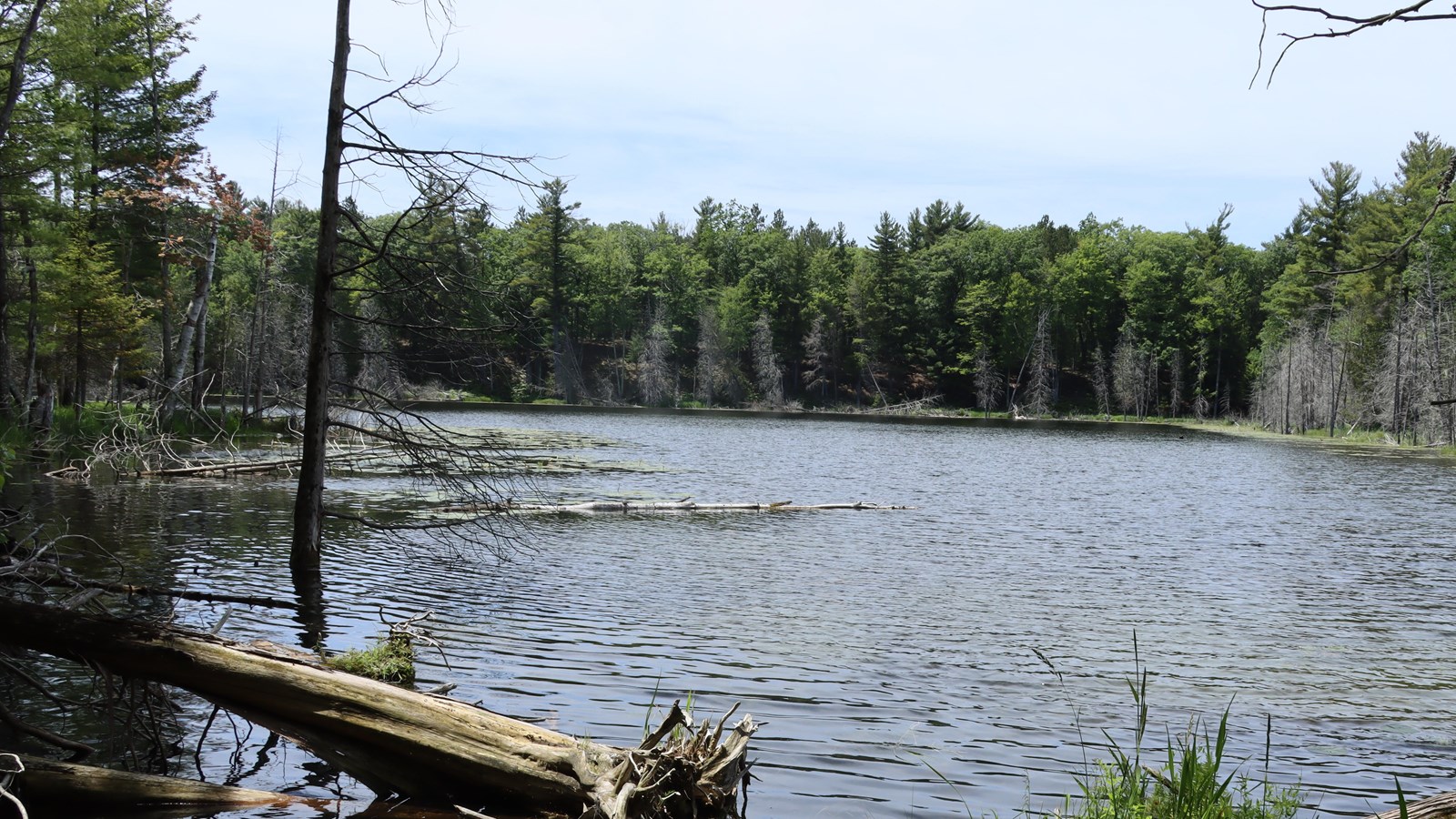Last updated: September 20, 2025
Place
Deer Lake

D. Newman
Quick Facts
Location:
GPS Coordinates 44.73160, -86.06300
Deer Lake is a very small spring fed lake and is the upper lake in the Otter Creek watershed. The average depth is 12 feet and maximum depth is 22 feet, which is deep for its size compared to other lakes in the park. White cedar Wildlife thrives in and around this lake. You might spot ducks gliding across the water, with their ducklings trailing closely behind. You might also hear the calls of songbirds perched in the surrounding trees. In the quieter moments, the occasional splash of a fish breaks the surface which adds to the peaceful ambiance. Swamp borders it to the north and south, and upland hardwoods are found along both western and eastern shorelines The access to Deer Lake is from Trails End Road. Follow a two track to the left that is rutted and narrow until you reach an area where you can walk a short distance to the lake. Deer Lake is closed to power-driven vessels from April 1 through October 31 and is limited to two-horse-power motors the rest of the year. Eleven fish species have been collected from Deer Lake, including northern pike, largemouth bass, Iowa darter, blacknose shiner, bluntnose minnow, brown bullhead, black crappie, bluegill, pumpkinseed, rock bass, and yellow perch. The majority of the fish species in the lake are bluegill.
